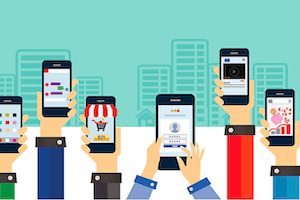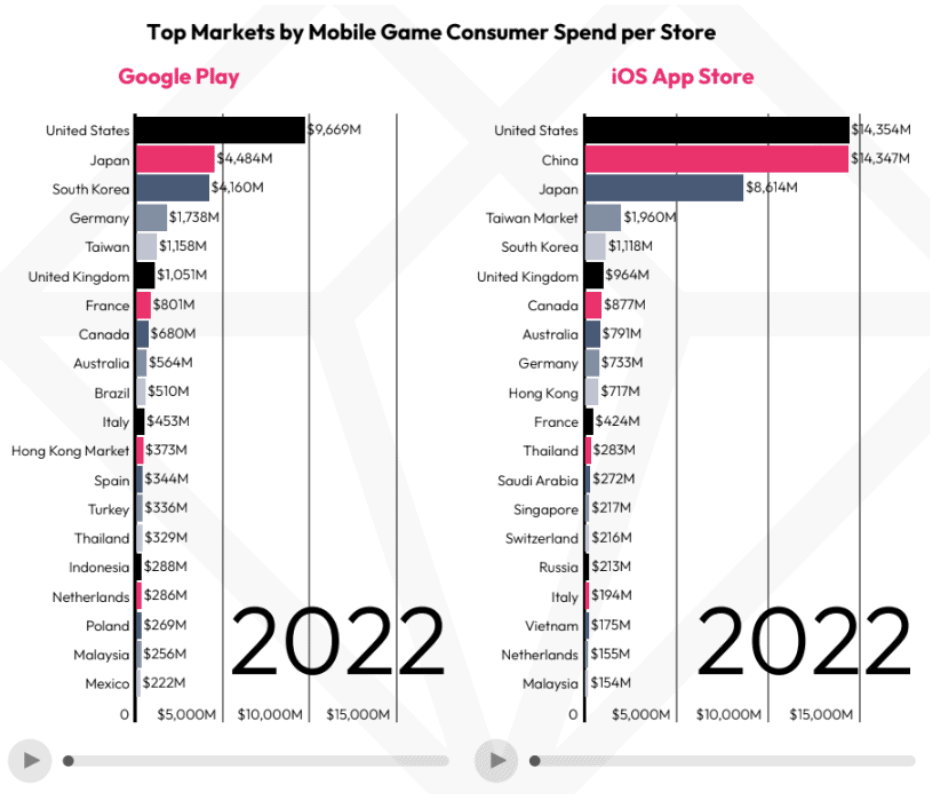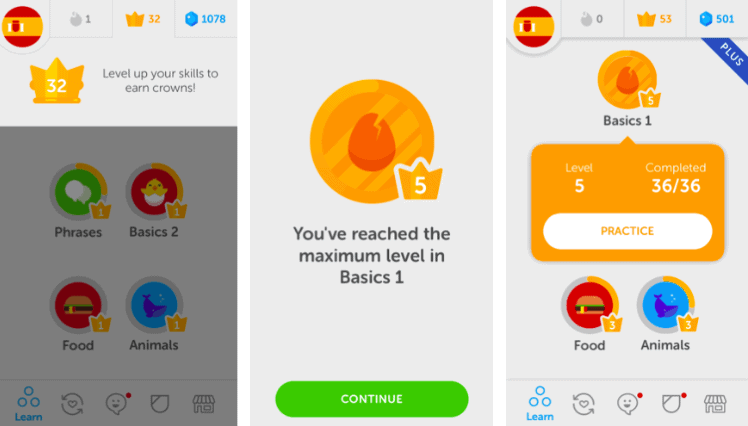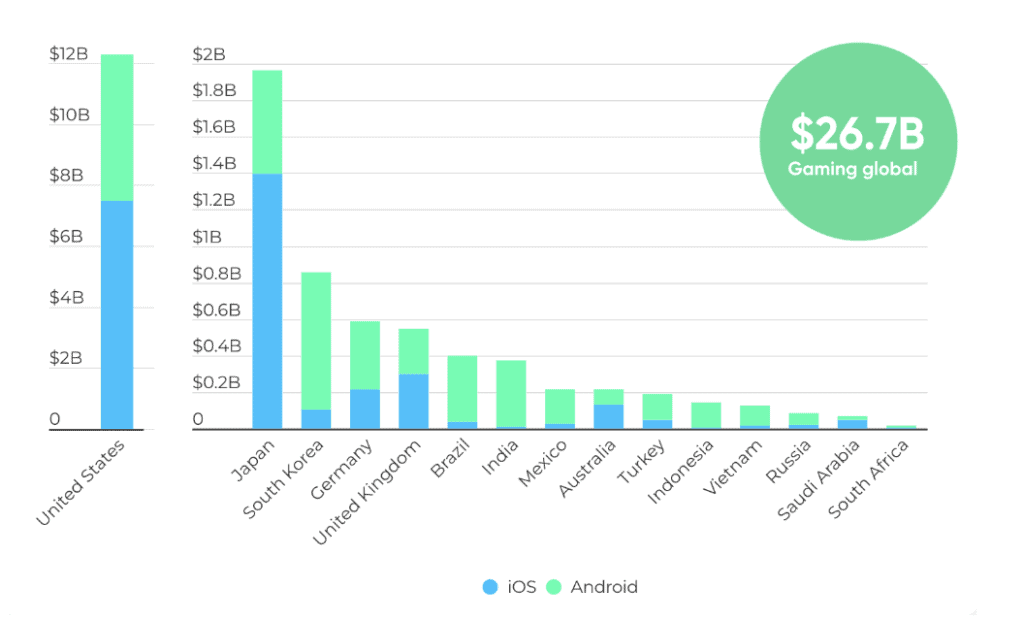
Kelly McGuigan
Director of Product Marketing, Skai

Kelly McGuigan
Director of Product Marketing, Skai

When it comes to the business of driving downloads and monetizing apps, the marketing minds behind gaming apps have it down.
They have to, or they wouldn’t survive—the games category is fiercely competitive and crowded, making up close to 25% of the roughly 2.2 million available apps on the App Store. The category grew sharply in 2021 and is expected to continue to grow by 59%. The global gaming market is forecast to be worth $256.97 billion by 2025.
It’s not just gaming apps, though, that have the app revenue market cornered. In 2022, the App Store experienced over one billion global downloads, $1.6 billion spent, and 6.4 billion hours spent per week on mobile games.
The key is to take the lessons from the category leaders and apply them to your particular app marketing scenario.
Gaming app marketing is the process of using techniques to promote your game with specific goals in mind. While the overarching goal is generally to increase revenue, the path to get there can look different for every game and every marketer. The goals of gaming app marketing can include:
Regardless of the unique goals for your game, there are some strategic gaming app marketing techniques that can be incredibly beneficial in leveling up your marketing and driving greater revenue.
Before app marketing reached its current level of sophistication, developers were content to focus on downloads as their key metric. But downloads as a KPI had a major downfall: there was no incentive for developers to keep current users happy. It was a constant quest for new downloads, without a focus on enhancements and engagement.
If you haven’t already, it’s time to move on from this one-and-done approach and think about building an ongoing relationship with your users—one that will incent them to make one or more purchases after downloading your app.
Freemium games like Fortnite are free to download but monetize astoundingly well through in-app purchases. The chart below shows just how good app marketers are at monetizing mobile games, as mobile game consumer spend soars in both Google Play and the App Store.

Source: Data.ai
There are several different ways you can configure in-app purchases, depending on what works best for your app. Another thing you’ll want to take note of is that iOS users spend 2.5x more than Android users, to the tune of $1.08 versus $0.43 in monthly in-app purchases per user, per app. These iOS users are also roughly 50% more likely to spend any money at all in apps when compared to Android users.
It’s no secret that gamification of apps boosts engagement. When you appeal to a person’s sense of competition, or you offer rewards for desired outcomes, you’ve tapped into a very powerful reward center in the brain that can greatly influence behavior. Essentially, you’re making a game of something that isn’t a game at its core.
Take Duolingo, a popular app for learning languages. It gamifies its daily lessons with quizzes you have to “win” with a certain number of correct answers in a row.
Each lesson includes speaking, listening, translation, and multiple-choice challenges. You also lose a life when you get something wrong, and earn points when you finish a lesson. Many apps take this same approach. Pedometers count your steps and give you rewards and badges for reaching new levels, and put you in head-to-head competition with friends or the app’s community.

Even retailers can learn from this cutting-edge segment of gaming app marketers. Although micro-purchases aren’t always a possibility with a retail app, retailer marketers should take note of how gamification can be used to drive engagement with promotions and loyalty program rewards. You can’t be passive with trying to get customers to reopen your app to buy your products, you need to prompt and remind them and gaming apps can provide the inspiration to develop creative methods to succeed.
An example of this is the NikeFuel program which enables users to post their best training times, track their progress, and challenge friends and family to increase fitness and meet goals. Rewards include early access to products and events, free shipping, and customized workouts.

Gone are the days when app development happened in one silo and app marketing happened in another. Now, the most successful apps are built by teams that truly partner early in the development process to build marketing and monetization into the app from the ground up. Gaming app marketing is better when you have an app built to market at multiple levels.
According to a study by The Manifest, nearly 7 out of 10 companies with a mobile app (68%) have a long-term, fully documented app marketing strategy. Looking at the chart below, showing the total gaming app install ad spend in 2022 as a substantial $26.7 billion globally, that marketing and advertising budget is continuing to increase, particularly in the U.S. and Japan. As a result, that strategy is getting baked into planning very early in the process.

Source: Infogram
According to Google, it’s the little things that can really drive growth and monetization. It’s tough to identify and address those things without a close partnership between marketers and developers.
With over 5 million apps to choose from in the Apple App Store and Google play, planning for mobile game marketing should begin before a game is even developed. In a game’s initial stages, there are many factors to consider about the audiences for a particular game. When searching app stores for similar games, taking note of market saturation is a critical first step. From there, app marketers need a clear picture of who their target audience will be from the jump in order to better target both paid and organic marketing efforts.
Once the game is finished, app marketers also need vital information about their user experience. Installs are just part of the goal when it comes to mobile app marketing, retention is also key. Some of the major metrics mobile app marketers need for understanding, finding, and retaining their audiences include:
Once mobile game marketers understand exactly who their target audience is, what other games on the market they are also playing, and how users are interacting with their game, the next step is understanding both paid and organic mobile game marketing basics.
Both paid mobile game marketing and organic search results matter when it comes to driving installs. Understanding the difference between the two is critical.
Paid marketing encompasses all paid advertising campaigns on the many different ad networks available to mobile game marketers. Organic mobile game marketing is a term used to describe all the other, free, marketing channels. These channels are the app store, social media, websites, etc. Acquiring new audiences requires a blend of both paid and organic strategies.
The two most important paid ad networks for mobile game marketing are Google and Facebook. Here are the basics for getting started on both.
To advertise with Google, begin by creating a Universal App Campaign. This allows advertisers to promote games across many different Google properties. One of the biggest benefits of advertising with Google is that once an advertiser creates a Universal App Campaign, one ad works across all Google properties. Simply upload assets, then set the language and location for the ad. From there, Google tests combinations of assets, and the ads that perform best are served the most.
For Facebook, Automated App Ads simplify the mobile game marketing process. They are different from the other option, which is manually building app ads, because they require just one ad set per campaign. Dynamic creative testing and machine learning adjustments are built into the ad platform, so that, like Google, the most effective ads are the ones that are served. Automated App Ads can also be run alongside standard Facebook app ads.
But paid advertising is just the first step. Organic advertising, especially in app stores, is critical for getting a mobile game in front of new audiences.
App store optimization is much like SEO in that app store algorithms are looking for a few critical pieces of information, including:
Game Title: Much like website SEO, a game title should include keywords that provide the style, theme, and of course, the story of a game.
Description: This should also be keyword-rich, including descriptions of the game’s story along with updates and features.
Keywords: On the App Store, there is a designated keyword field. This field should also include game features, descriptions, and functionalities.
Screenshots and video: Visual elements are also critical to app store optimization. Make sure to include compelling screenshots and an immersive game promo video.
Mobile game marketing requires a strategic mix of paid and organic advertising, but the key to a great strategy is knowing your audience and creating a great game.
As part of Skai’s intelligent marketing platform, our App Marketing solution helps your app stand out among millions in the top stores with Apple Search Ads, Google Universal App Campaigns, and more. Skai leverages an advanced algorithm based on AI and machine learning to ensure your ads reach your target users. Increase installs and user acquisition with streamlined automation, optimization, and reporting. To get started, schedule a demo today!
You are currently viewing a placeholder content from Instagram. To access the actual content, click the button below. Please note that doing so will share data with third-party providers.
More InformationYou are currently viewing a placeholder content from Wistia. To access the actual content, click the button below. Please note that doing so will share data with third-party providers.
More InformationYou are currently viewing a placeholder content from X. To access the actual content, click the button below. Please note that doing so will share data with third-party providers.
More Information